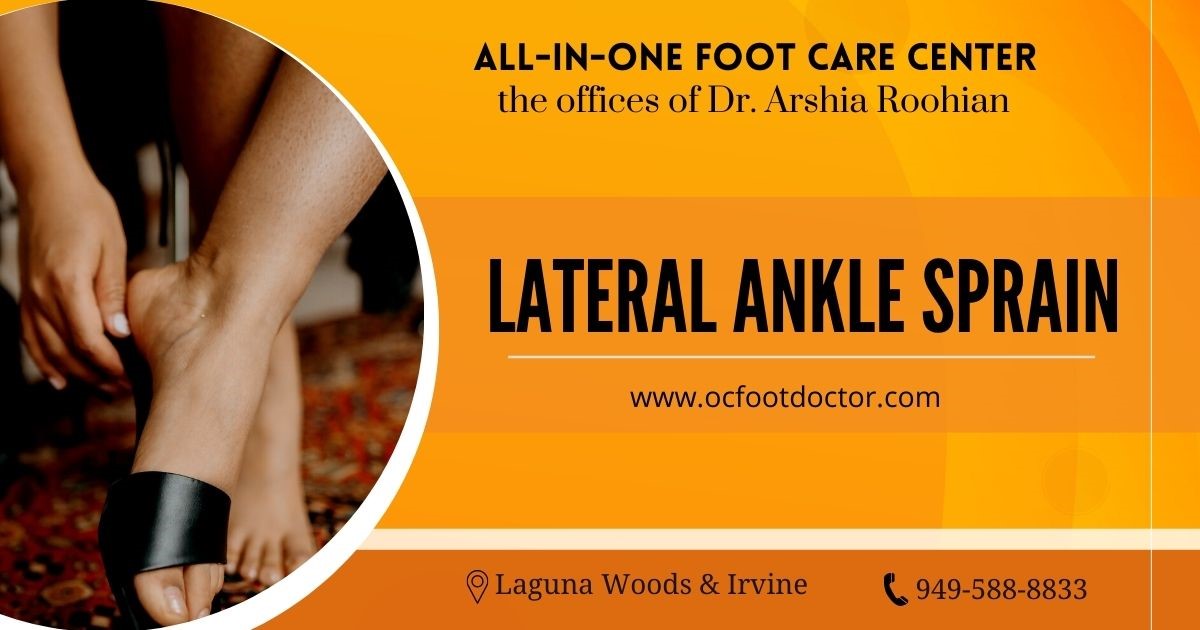Lateral Ankle Sprain

Is netball or basketball one of your favorite sports? Your chances of getting a lateral ankle sprain (or anterior talofibular ligament (ATFL) sprain) are high! Sports injuries like 'rolled ankles' are common.
It is important to note, however, that this injury does not only occur on sports fields. Taking awkward steps on uneven surfaces or wearing high heels can cause it. A sprain can be caused by any action that throws your balance off and shifts your center of gravity.
.jpg)
Why Do Lateral Ankle Sprains Occur?
Three bones make up the ankle joint: the talus (ankle bone), the tibia (shin bone), and the fibula (the smaller leg bone). The joints are stabilized and supported by a series of ligaments running in different directions.
The ankle joint is stabilized by three lateral (outer) ligaments, which prevent it from moving too much. Among them is the anterior talofibular ligament, or ATFL. This ligament connects the fibula to the talus. ATFL is the weakest and most injured outer ligament.
Sports and activities involving running, jumping, and sudden changes in direction may cause the ankle to roll outward abruptly. It is known as a lateral ankle sprain when this results in overstretching and tearing of the outside ligaments.
A Lateral Ankle Sprain Offers The Following Symptoms?

Sprained ankle symptoms include swelling (immediately or over a few hours); localized tenderness or bruises around the joint; and pain when walking or putting weight on the ankle.
The severity of a lateral ankle sprain is graded as follows:
- A grade 1 tear of the ATFL is characterized by minimal swelling and little to no pain while walking.
- A Grade 2 ATFL tear involves bruising, swelling over the outer ankle, and difficulty walking or bearing weight.
- A Grade 3 tear involves a complete rupture of the ATFL, inability to walk without severe pain; swelling, and tenderness surrounding the entire ankle.
How do you treat an ankle sprain?
Sprained ankles should be treated using the RICER protocol:- Reduce activity or rest.
- Ice therapy (at least 20 minutes every two hours for 24 hours).
- Compress the injured ankle using tape or a bandage wrapped firmly around the joint.
- Elevate the ankle (above your heart if possible).
-
Refer – if you are unable to walk on the ankle, you should seek medical attention to determine if medical imaging is required.
Heat, Alcohol, Running/Exercise, and Massage should also be avoided in the first 48 hours to prevent swelling.
You can contact our office at 949-588-8833, or visit our website at https://www.ocfootdoctor.com/. Our offices are located in Laguna Hills, Irvine, Mission Viejo, Aliso Viejo, Lake Forest, Foothill Ranch, and Costa Mesa.


